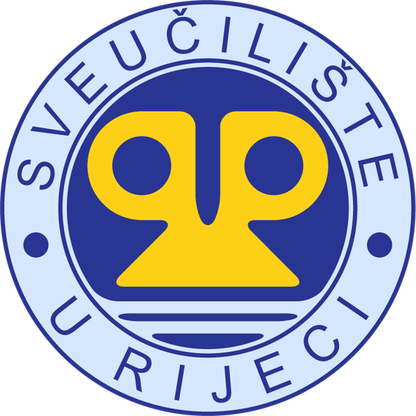| Id | 663 | |
| Author | Koch S.C., Mergheim K., Raeke J., Machado C.B., Riegner E., Nolden J., Diermayr G., von Moreau D., Hillecke T.K. | |
| Title | The embodied self in Parkinsons Disease: Feasibility of a single tango intervention for assessing changes in psychological health outcomes and aesthetic experience | |
| Reference | Koch S.C., Mergheim K., Raeke J., Machado C.B., Riegner E., Nolden J., Diermayr G., von Moreau D., Hillecke T.K.; The embodied self in Parkinsons Disease: Feasibility of a single tango intervention for assessing changes in psychological health outcomes and aesthetic experience ;Frontiers in Neuroscience vol:10 issue: JUL page: |
|
| Keywords | Aesthetic experience; Argentine Tango; Arts therapies; Beauty; Body self-efficacy; Dance movement therapy; Embodiment; Parkinsons disease |
|
| Link to article | https://www.scopus.com/inward/record.uri?eid=2-s2.0-84983027685&doi=10.3389%2ffnins.2016.00287&partnerID=40&md5=eba6a8cf4ed7cd4aa01fbe8abb5a7615 |
|
| Abstract | Background: Dance is an embodied activity with benefits for mobility, balance, and quality of life (QoL) of persons affected by Parkinsons Disease (PD). It is enjoyable and likely to support adherence to movement prescriptions. The objective of this study was to assess the feasibility of measuring changes in psychological outcomes, specifically well-being, body self-efficacy, outcome expectations, and experienced beauty after a single Argentine Tango intervention in a workshop format. To anchor experienced beauty in a theory, the article introduces a model of embodied aesthetics featuring active art-making as a central aspect of healing in arts-based interventions. Methods: In a single-group pre-post design, we tested the feasibility of measuring psychological changes of 34 PD patients from Southern Germany after an introductory workshop in Argentine Tango. They participated in a 90 min Tango for PD intervention and completed the Heidelberg State Inventory (HSI-24; (Koch et al., 2007)), the Body Self-Efficacy Scale (BSE; (Fuchs and Koch, 2014)) with a sub-dimension on aesthetic experience, and the Credibility-Expectancy Questionnaire (CEQ; (Devilly and Borkovec, 2000)) before and after the intervention. A subgroup completed the therapeutic factors of arts therapies-scale, a new measure to elaborate on the aesthetic experience. We analyzed pre-post-differences with a t-test for paired samples. Results and Discussion: The study supports the feasibility of measuring health-related psychological changes from a single Argentine Tango intervention for PD patients, as well as acceptance and appropriateness of the intervention for the patient group. After the tango intervention, well-being, body self-efficacy, and outcome expectancies increased. Participants also experienced an increase in beauty of their movements and other aesthetic aspects. We suspect that, in addition to the functional and psychological factors identified so far, the aesthetic experience in dance may be an important therapeutic factor mediating several outcomes of dance and other arts-based interventions. A controlled study for evidence-based testing of targeted variables can now follow to examine the new hypotheses. © 2016 Koch, Mergheim, Raeke, Machado, Riegner, Nolden, Diermayr, von Moreau and Hillecke. |
|
| Metodology | Technique |











